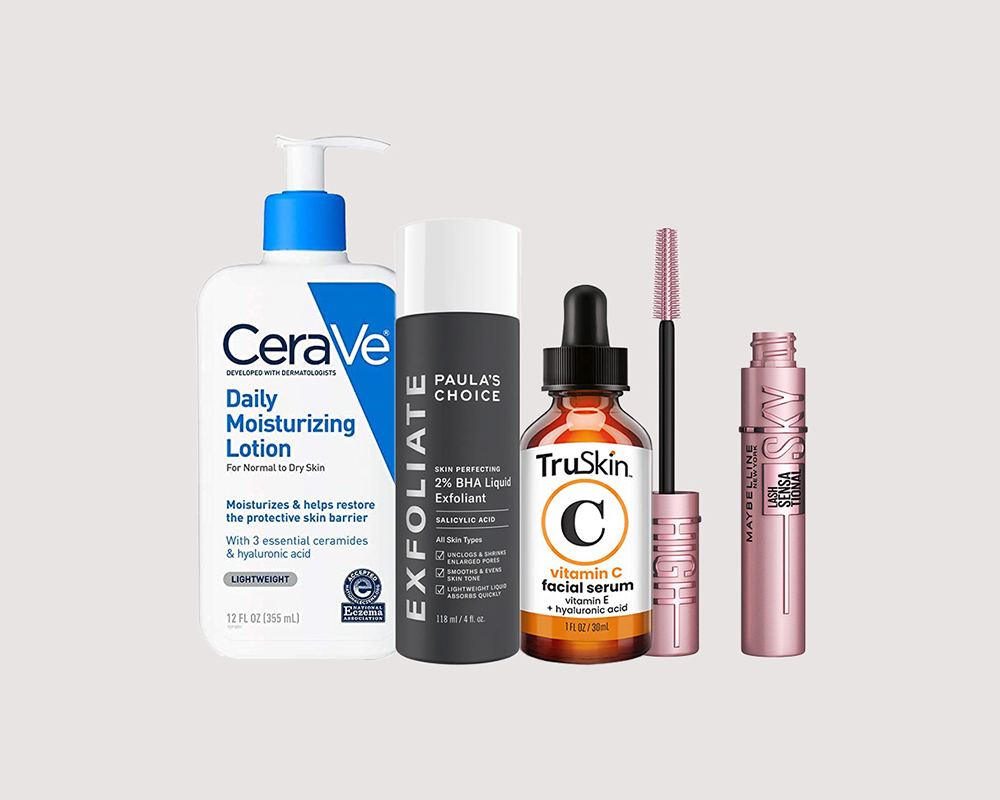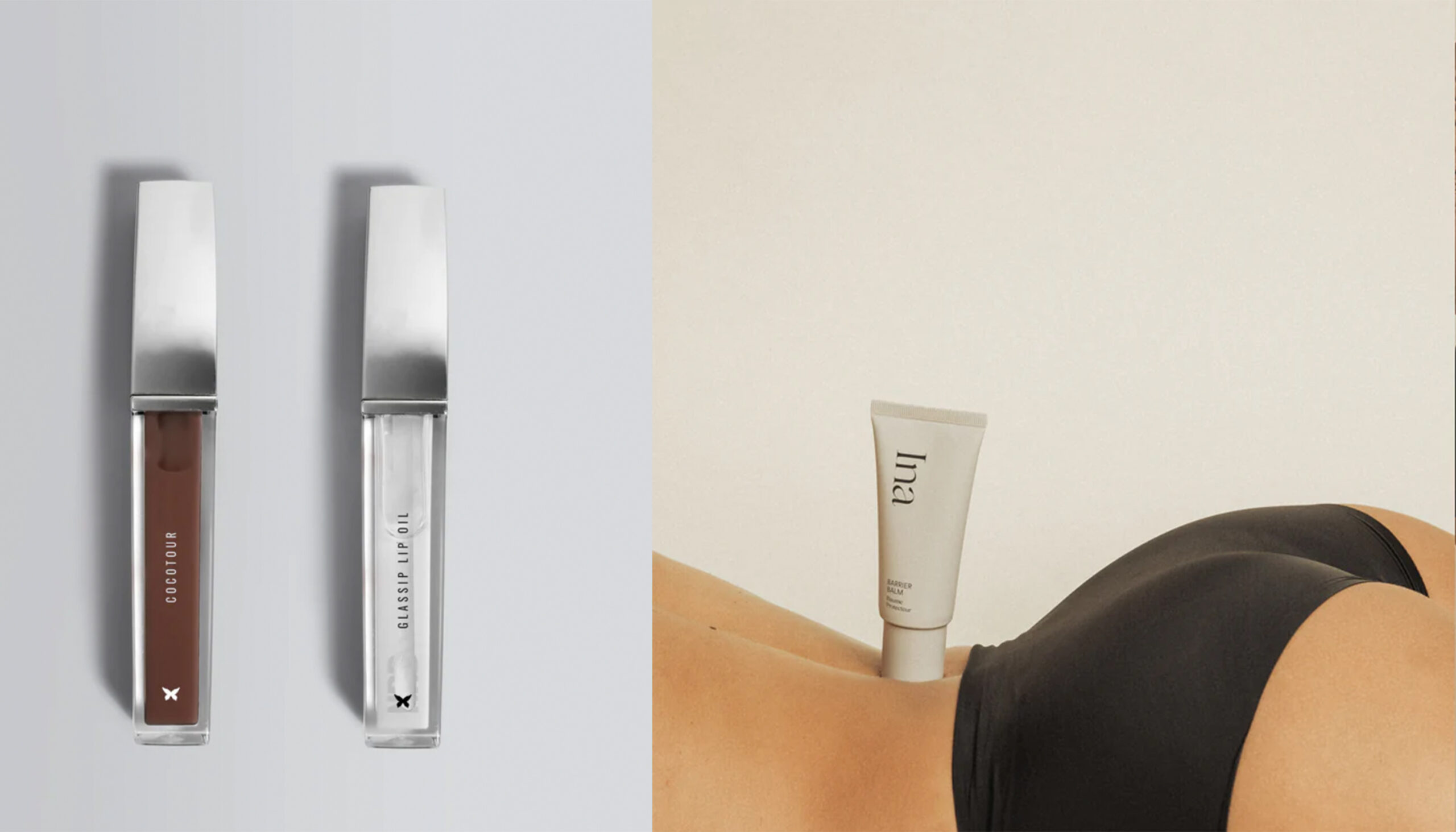A new study published in the journal JAMA Dermatology has found that the majority of women are opting to go bare down there. The study, conducted by the University of California San Francisco, interviewed 3,316 women between the ages of 18 and 65 and asked them questions about their personal grooming habits; specifically if they trim, shave or wax their pubic area. What they found was that young, white women were most likely to groom their pubic area, and even more so if their partner preferred that particular look.
You May Also Like: 9 Thoughts Everyone Has During a Bikini Wax
According to its findings, 84 percent of the women surveyed say they regularly groom their pubic area. Most of the women who groom their pubic hair say they shave it (61 percent); the electric razor (12 percent) and waxing (5 percent) came in right behind as other preferred methods. Perhaps the most interesting finding to come out of the study is that more than half (59 percent) of the women surveyed cited “hygienic purposes” as their reason for keeping the area neat and tidy. More than 20 percent of women in the study cited another main reason: They said they did it to please their partner.
Lead author and assistant professor of obstetrics, gynecology and reproductive sciences at UCSF, Tami Rowan, MD, says that outside factors, like pornography, might have something to do with many women’s decision to keep things aesthetically clean. “What is most apparent from the study is that women are grooming based on numerous external pressures that have likely increased over the last decade,” adds Dr. Rowen. Among those pressures are “the increased prevalence of pornography that depicts bare genitalia, popular magazines and television.” She notes that women as young as 13 are now grooming.
However, many doctors also say that the choice to groom the pubic region can be problematic from a health standpoint. In an interview with the New York Times, Jennifer Gunther, MD, a specialist in vulvovaginal disorders, says that pubic hair is protective and functions to keep the vaginal area clean by trapping bacteria and preventing it from entering the body. “Pre-pubertal girls have a higher incidence of irritation because they don’t have that protection,” says Dr. Gunther.
The New York Times report also cites that other doctors have seen infections, burns, allergic reactions and lacerations due to personal grooming of pubic hair. Some researchers even speculate that abrasions from shaving or waxing could increase the spread of STDs, although there have been no studies to prove this.
The study, which is believed to be the first to focus on pubic hair grooming trends using a nationally representative sample, found no association between grooming habits and the income or geographical location of the women surveyed. Relationship status did factor in however, as widowed, separated or single women were less likely to regularly groom. Additionally, the study found that women groom for social events, sex, vacations and visits to the doctor.

















